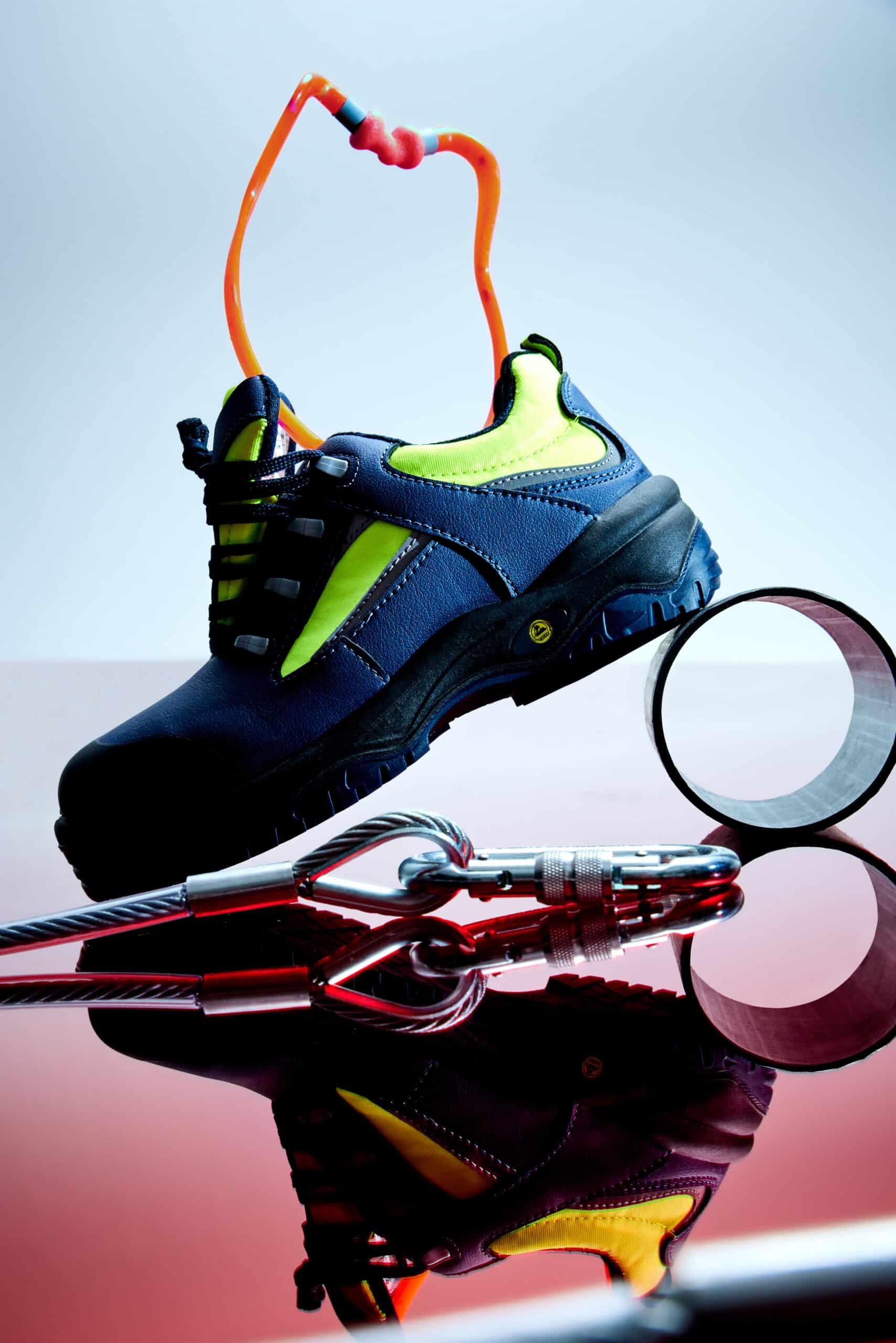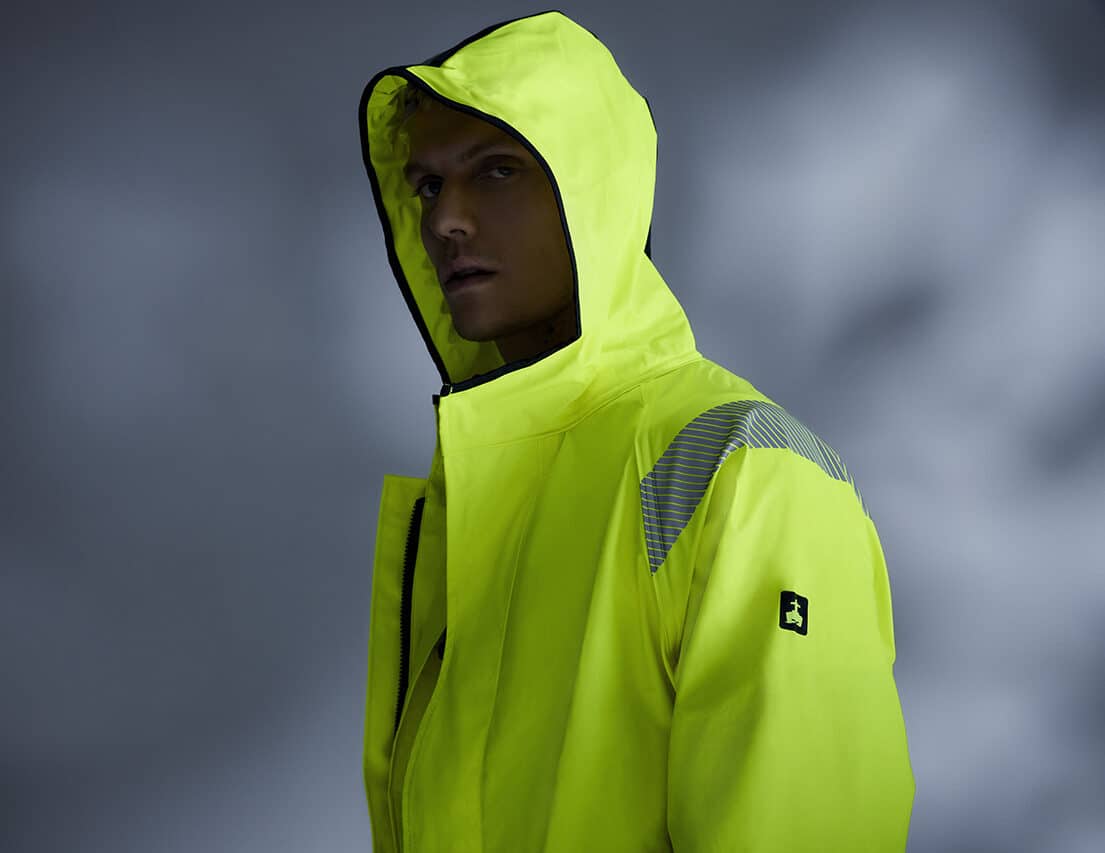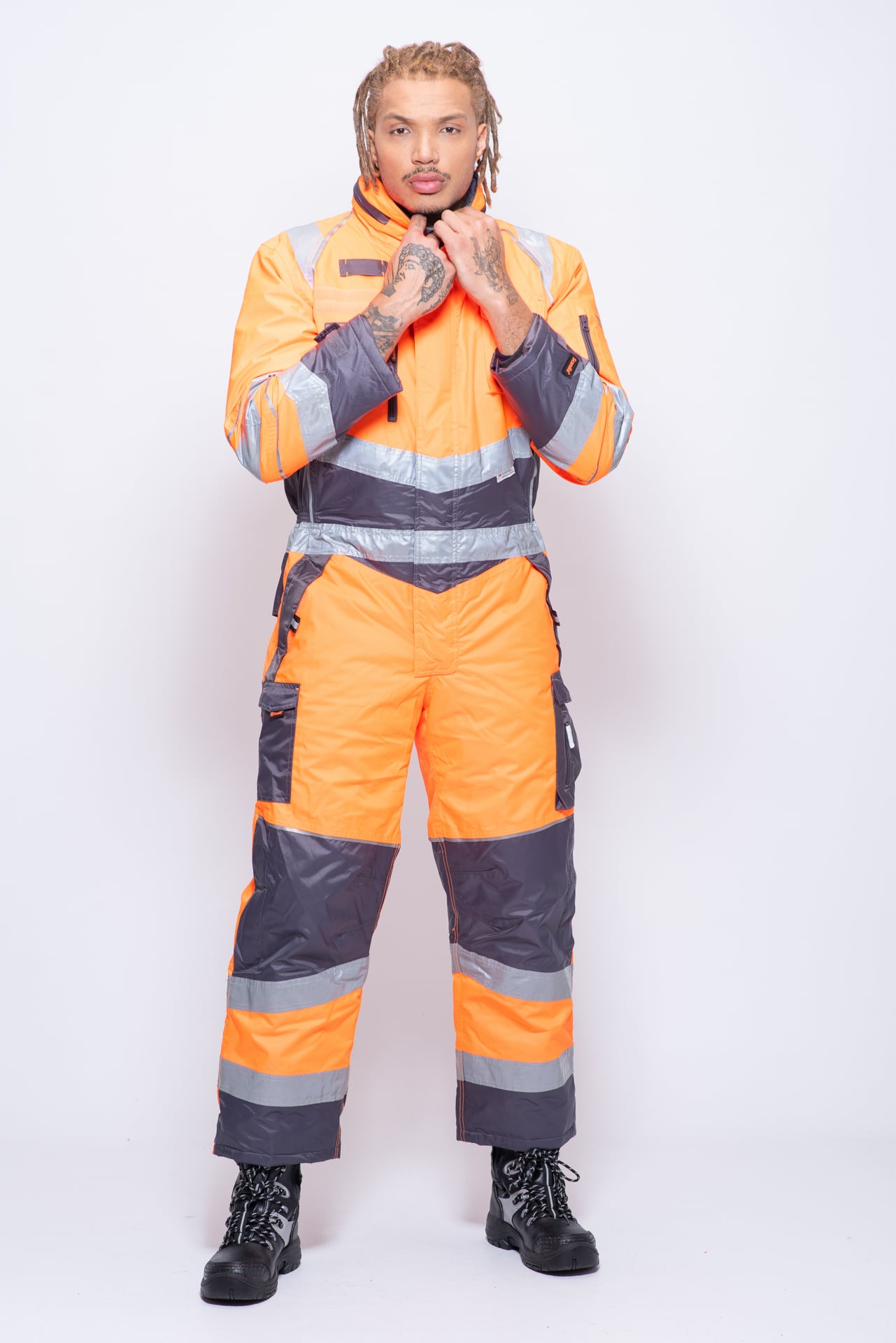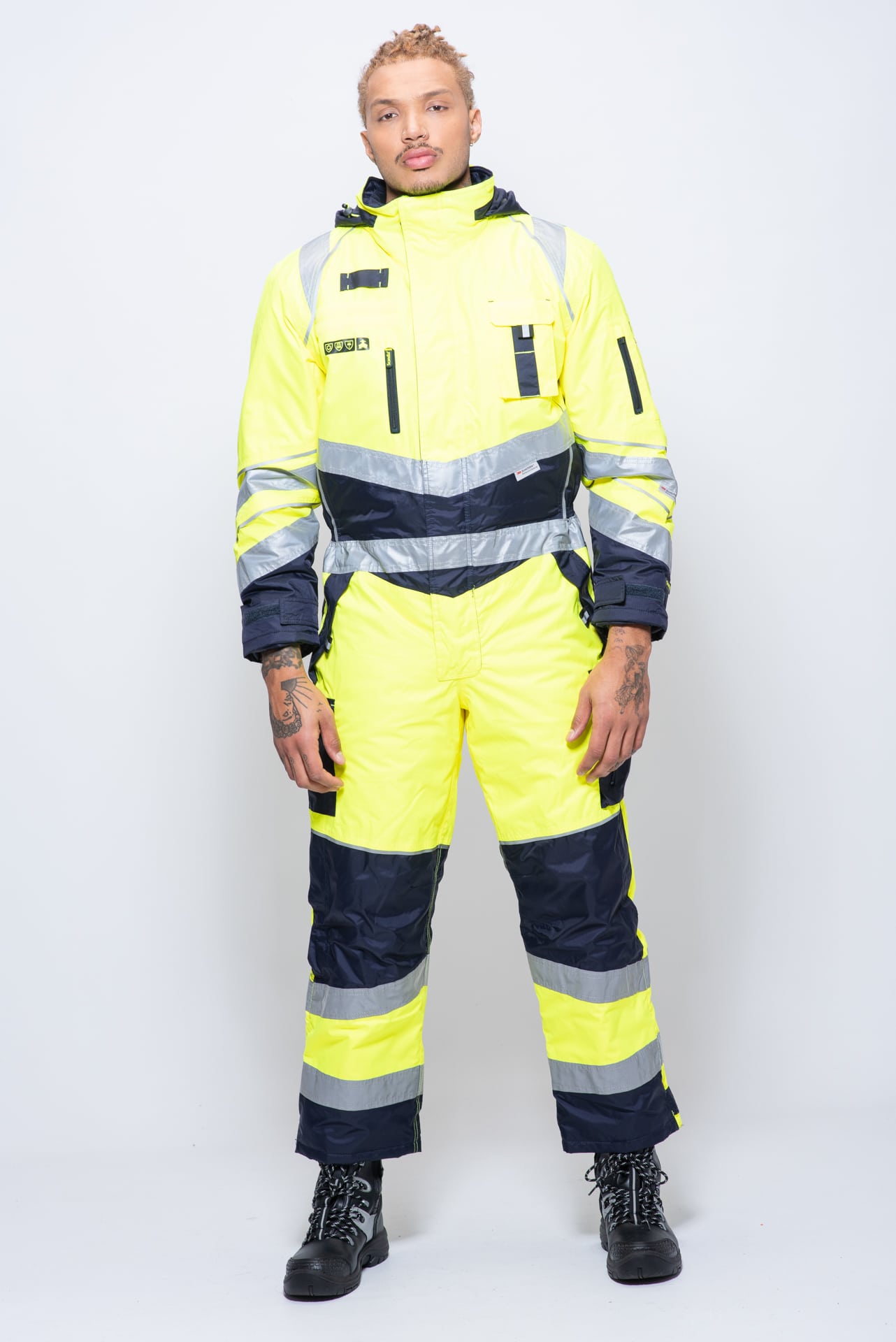EN 15090:2012
FOOTWEAR FOR FIREFIGHTERS
(EN 15090:2012 supersedes EN 15090:2006.)
EN 15090:2012 specifies the minimum requirements and test methods for the performance of three types of footwear used by firefighters for fire suppression, general-purpose rescue, fire rescue, and emergencies involving hazardous materials. This European standard does not cover the special personal protective equipment (PPE) used in high-risk situations.
Classification:
| Description code | Classification |
| I | Footwear made from leather or other materials, excluding all rubber and all polymeric footwear |
| II | Footwear made entirely of rubber or polymer |
Footwear are classified as:
- Class I: footwear made from leather and other materials, excluding all-rubber or all-polymeric footwear
- Class II: all rubber (i.e. entirely vulcanized), all polymeric (manufactured in one piece), and hybrid footwear (polymeric) footwear with another material that extends the upper
The three types of footwear for firefighters are as follows:
Type 1 Suitable for general-purpose rescue, fire suppression, and firefighting suppression action involving a fire in vegetative fuels such as forests, crops, grass, and farmland; no protection against penetration, no toe protection, and no protection against chemical hazards (these properties however can be present as optional).
Type 2 Suitable for fire rescue, fire suppression, and property conservation in buildings, enclosed structures, vehicles, vessels, or like properties that are involved in a fire or emergency situation; all fire suppression and rescue interventions where toe protection and protection against penetration are needed; no protection against chemical hazards.
Type 3 Emergencies involving hazardous materials, those involving the release or potential release of hazardous chemicals into the environment that can cause loss of life, personnel injury, or damage to property and the environment; suitable also for fire rescue, fire suppression, and property conservation in aircraft, buildings, enclosed structures, vehicles, vessels, or like properties that are involved in a fire or emergency situation; all fire suppression and rescue interventions where toe protection, protection against penetration, and protection against chemical hazards are needed.
Symbols marked on the footwear denote the following features:
| Footwear type | Symbol | Properties |
| Type 1 | F1A | All normative requirements and the requirements for antistatic properties |
| F1PA | All normative requirements and the requirements for penetration resistance for antistatic properties | |
| F1I | All normative requirements and the requirements for electrical insulting properties | |
| Type 2 | F1PI | All normative requirements and the requirements for penetration resistance for electrical insulting properties |
| F2AI | All normative requirements and the requirements for antistatic properties | |
| F2I | All normative requirements and the requirements for electrical insulting properties | |
| Type 3 | F3A | All normative requirements and the requirements for antistatic properties |
| F3I | All normative requirements and the requirements for electrical insulting properties |
Additional symbols that may be marked on the footwear:
| Marking/Symbol | Requirements |
| HI1 | Insulation against heat at 150°C/30 min |
| HI2 | Insulation against heat at 250°C/20 min |
| HI3 | Insulation against heat at 250°C/40 min |
| T | Internal toe cap 200 J (marking only valid for Type 1 boots) |
| R | Rigidity of the toe puff at 500 N (marking only valid for Type 1 boots) |
| P | Penetration resistance |
| I | Electrically insulating footwear |
| A | Antistatic footwear |
| CI | Insulation against cold |
| CH | Chemical resistance |
| AN | Ankle protection |
| M | Metatarsal protection |
Requirements for footwear resistant to slip (slips, trips and falls resistance:
| Marking/Symbol | Test Condition | Mode |
| SRA | Surface: ceramic Lubricant: deteergent solution |
Heel Flat |
| SRB | Surface: smooth steel Lubricant: glycerol |
Heel Flat |
| SRC | SRA + SRB |












